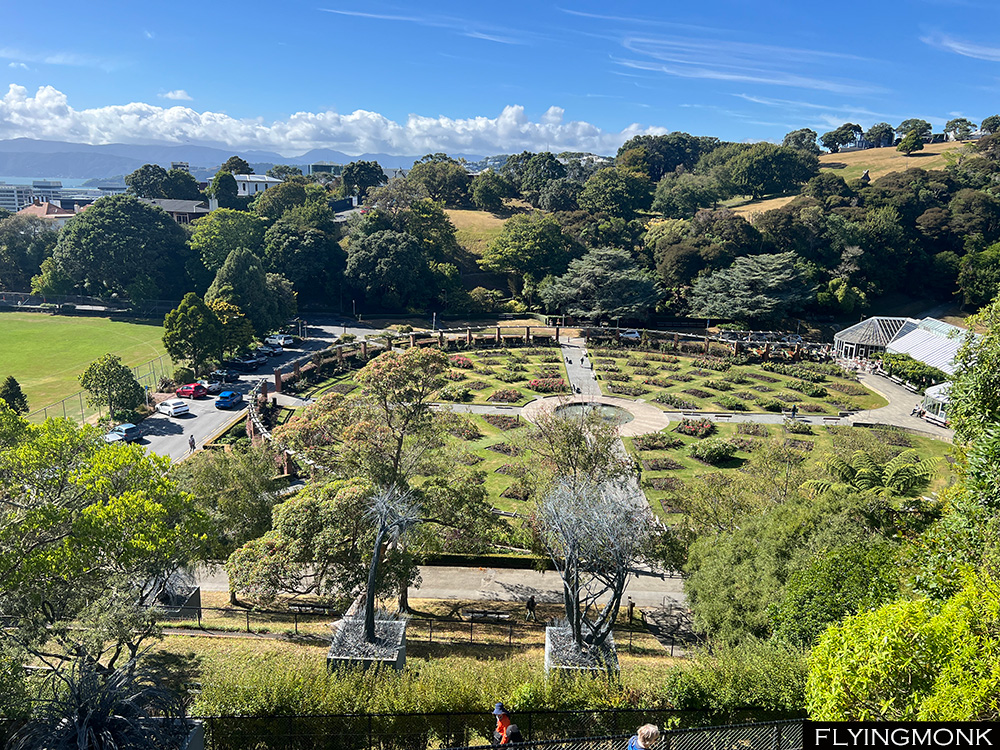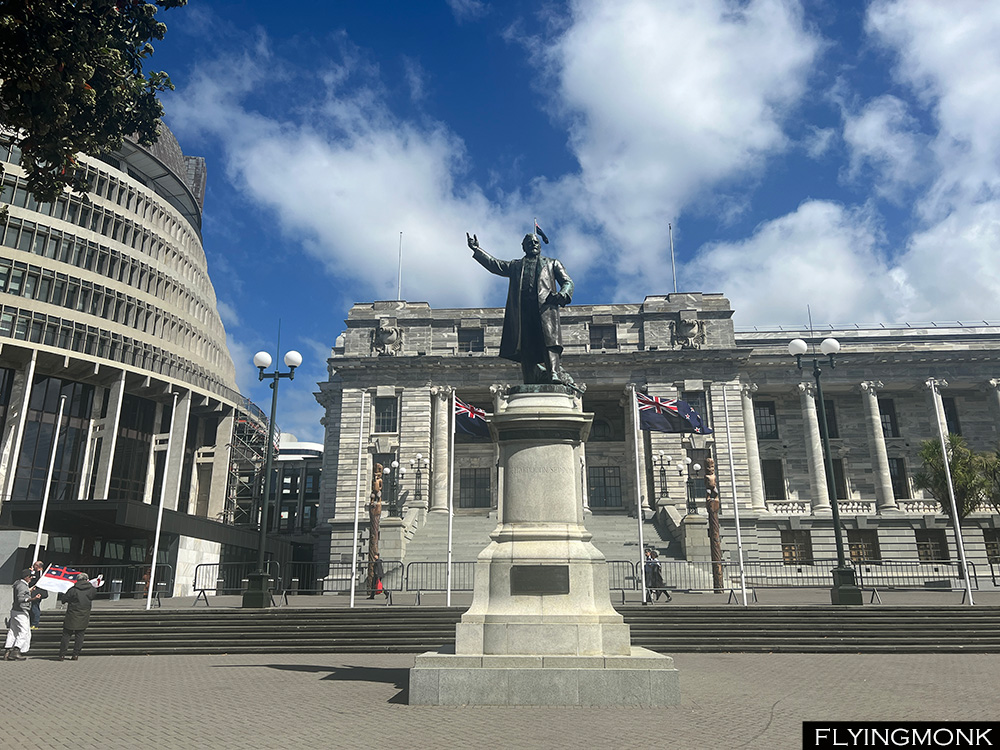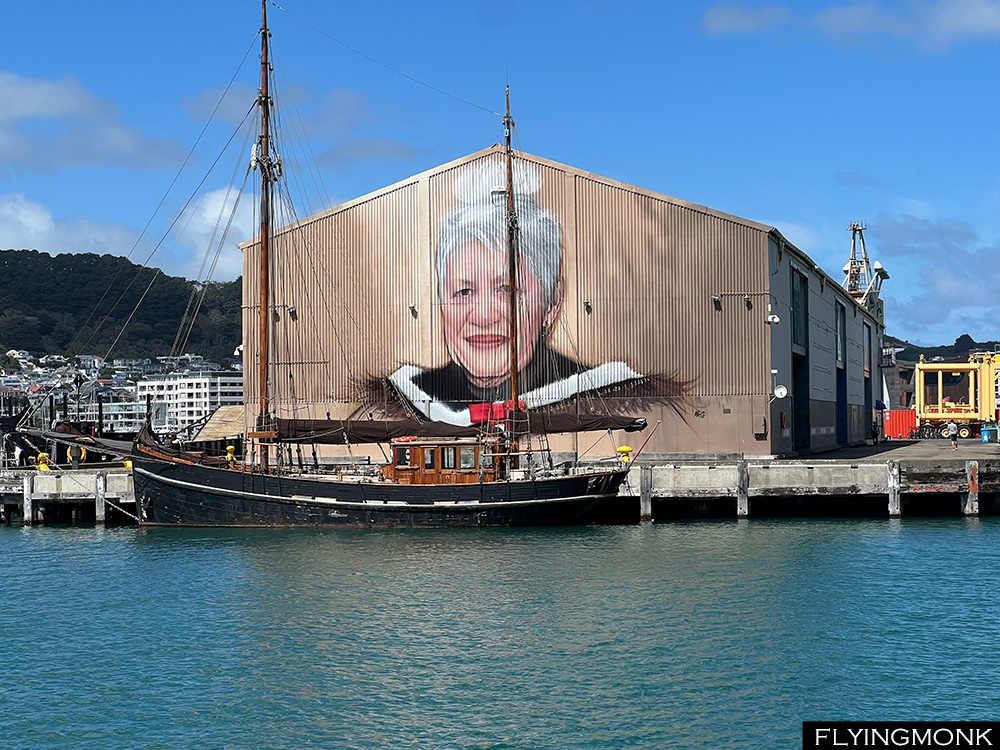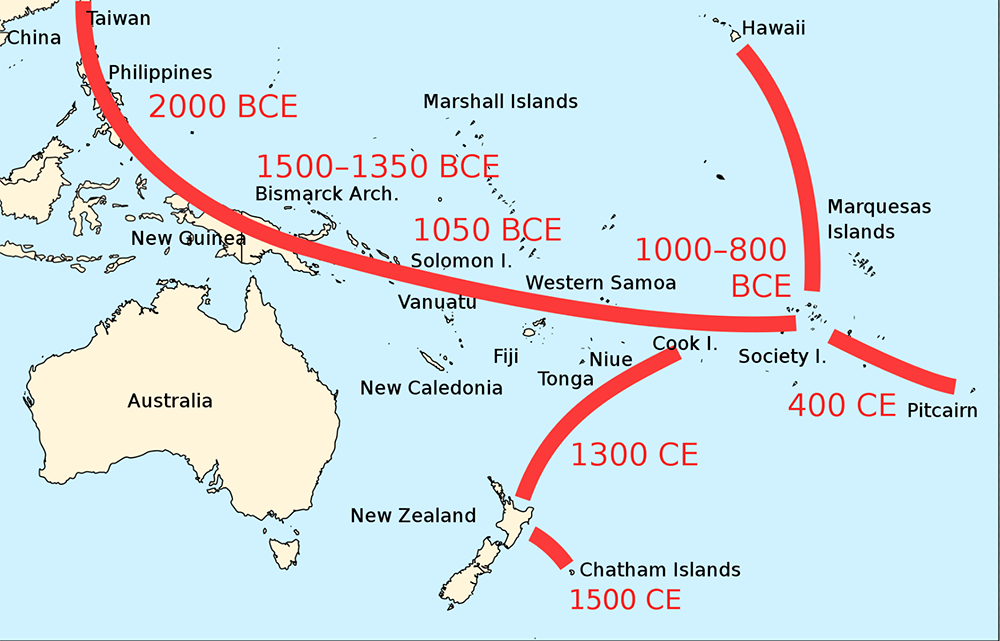
Pure beauty, wonder and reverence. Hiking in New Zealand fills you with a deep admiration for the display of beauty nature can offer. Besides you develop a profound appreciation and respect for the remarkable stewardship and care the kiwis have for their country and its spectacular landscapes. When hiking on the numerous national park tracks a flash of artificial color left on the ground strikes your attention making you stop. It’s just a tiny bit of blue plastic or maybe a piece of a bag taken by the wind but you are baffled because this is such a rare occurrence and for a moment you feel that you discovered a new world, a world of what we call civilization, that unraveled in front of you by accident. But you may hike days in a row and you may not see any trace of human civilization in spite of the hoards of tourists that tramp New Zealand’s national parks.
In a recent story published in New York Times, Frank Bruni tells how the captain of the catamaran he was on, dove in the water to recover a beer can that he saw floating by the shore 50 feet away. This is the New Zealanders’ profound respect for nature and guardianship of the environment.

Most of the trails that traverse the alpine land have a boardwalk covered in a wire mesh helping hikers to navigate the wet portions of the track but also protect the fragile ecosystem. Numerous huts pepper the mountains, simple cabins with spotless bunkbeds that must be booked in advance manned by a ranger looking like taken from Lord of the Rings. On all trails we tramped we could see traps for rodents and weasels that weren’t indigenous to New Zealand who imperil the birds habitat by attacking the nests and eating their eggs. Some trails were closed for repair if the rangers felt their condition not perfect. The same for the roads that all seemed in permanent process of active repair with one man or a light controlling the traffic while others laying new pavement on parts of the road that would be considered very good in many other countries.
Some trails were closed because helicopters were spraying a treatment against the rodents while other helicopters were helping chop dry trees, eyesore in manicured botanical gardens. But helicopters and small planes were everywhere landing tourists on glaciers for a quick photoshoot or surveilling canyons and mountains peaks in short trips from most of the towns.

Hundreds of clusters of planted saplings cover entire hills or small patches of land, their fragile trunks protected by plastic cylinders that you could see from far away. They seem another trace of the out-of-place human civilization in that primeval natural environment, but also a very useful one fighting deforestation. The Maori stewardship most probably temperated the Pakeha‘s drive for development but together they were able to forge a national consciousness that helped preserve the treasure they all inherited in this magnificent land. And that consciousness expanded to the kiwi’s way of life, calm and relaxed and eager to have a chat wherever you find them. And for a chat a good cup of coffee was available everywhere. All supermarkets and all gas stations have baristas that would make you the best possible cappuccino you ever had with the tastiest beans that you’d hardly been able to find in our fancy American coffee places. A BP gas station coffee beats all and they are spread all over New Zealand.

I wanted to stay longer in the Pacific but after a month of continuous hiking I felt that it may be enough and I rather return home. After two weeks hiking in Tasmania I was starting to think how I would feel after another two weeks of intense hiking in New Zealand and decided to buy my return ticket, a 15-hour direct flight to JFK from Auckland. It turned out that was a good move because when flying to New Zealand from Sydney, Qantas wanted to see my return ticket from NZ without which they would have refused to let me board the plane. The flight over the Pacific was the most bumpy I ever encountered; you could not sleep and you could not work because you could not keep a steady hand on the keyboard and I was longing to finally see the plane over Mexico’s Baja California where I was sure the turbulence would end. But in the end there were only 15 and not 34 hours as my incoming flight to Tasmania…

.













You must be logged in to post a comment.